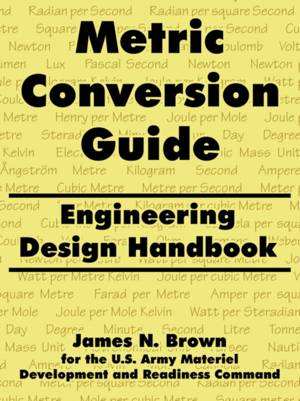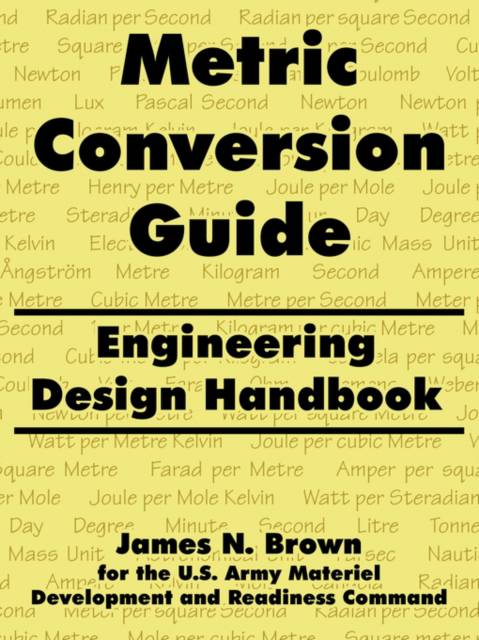
Je cadeautjes zeker op tijd in huis hebben voor de feestdagen? Kom langs in onze winkels en vind het perfecte geschenk!
- Afhalen na 1 uur in een winkel met voorraad
- Gratis thuislevering in België vanaf € 30
- Ruim aanbod met 7 miljoen producten
Je cadeautjes zeker op tijd in huis hebben voor de feestdagen? Kom langs in onze winkels en vind het perfecte geschenk!
- Afhalen na 1 uur in een winkel met voorraad
- Gratis thuislevering in België vanaf € 30
- Ruim aanbod met 7 miljoen producten
Zoeken
€ 21,95
+ 43 punten
Omschrijving
The general purpose of this handbook is to prepare scientists, engineers, and technicians of the U.S. Army Materiel Development and Readiness Command (DARCOM) for increasing use of the International Systems of Units (SI) or, as it is frequently referred to, the "metric system." The specific objectives are to give DARCOM personnel (1) the tools required to convert the units of physical quantities and equations to SI units, (2) the information needed to correctly interpret specifications and documentation using the SI, and (3) the information needed to generate specifications and prepared documentation in SI units. Chapter 1 presents a paragraph outline of the handbook to facilitate its use, and a brief history of the introduction of and increasing use of the SI in the US. Definitions, rules, and conventions fundamental to the SI and its use are to be found in Chapters 2 and 3. Methods for converting non-SI units to SI units are given in Chapter 4. The methods make use of "unit equalities" and, if applied rigorously, will minimize or eliminate errors in unit conversions. A relatively simple method is presented for modifying equations such that equations derived for use with non-SI units can be used with SI units. Tables of unit equalities, experimentally determined constants expressed in SI units, and dimensionless quantities are given in Chapter 5. Chapter 6 is concerned with the use of SI in military engineering drawings, and covers dual dimensioning and conversion of the units of dimensions. Sample calculations illustrating methods of converting units and modifying equations are given in Chapter 7.
Specificaties
Betrokkenen
- Auteur(s):
- Uitgeverij:
Inhoud
- Aantal bladzijden:
- 156
- Taal:
- Engels
Eigenschappen
- Productcode (EAN):
- 9781410216946
- Verschijningsdatum:
- 8/10/2004
- Uitvoering:
- Paperback
- Formaat:
- Trade paperback (VS)
- Afmetingen:
- 210 mm x 279 mm
- Gewicht:
- 367 g

Alleen bij Standaard Boekhandel
+ 43 punten op je klantenkaart van Standaard Boekhandel
Beoordelingen
We publiceren alleen reviews die voldoen aan de voorwaarden voor reviews. Bekijk onze voorwaarden voor reviews.









